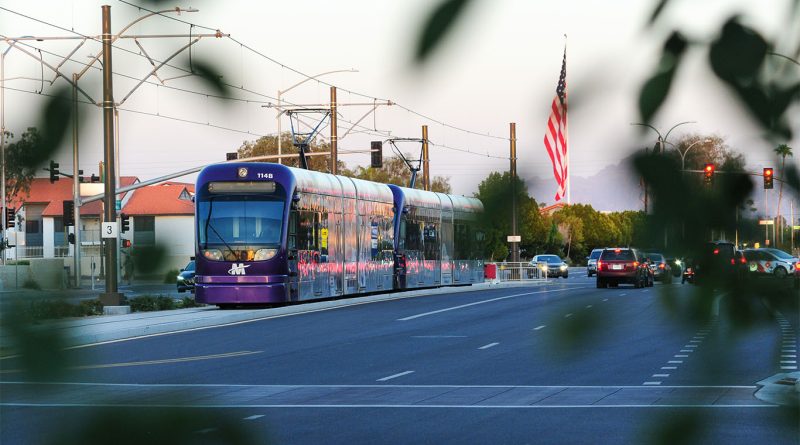The Future of Network Rail: 5 Key Trends to Watch
Network rail plays a vital role in the transportation and logistics industry in the United States. As we look ahead, several key trends are shaping the future of network rail. In this listicle, we’ll explore five of these trends that are worth keeping an eye on:
1. Rising Passenger and Freight Activity
The International Energy Agency (IEA) projects a significant increase in rail transport activity by 2050, more than doubling current levels. This growth symbolizes broader social and economic advances. However, it also demands careful consideration of the infrastructure’s capacity and efficiency to handle this upsurge. Deloitte’s insights into the future of freight emphasize the importance of data optimization and nearshoring in enhancing the transportation industry’s capabilities amid these changes.
2. Post-COVID Recovery
The rail sector is steadily recuperating from the disruptions caused by the COVID-19 pandemic. The recovery trajectory, as emphasized by Railway Technology, is critical to observe, especially in terms of service improvements, pricing strategies, and operational resilience. The industry’s adaptability in the post-COVID era, including technological advancements for efficiency, is a key aspect of its revival.
3. Transport Infrastructure Development
The OECD provides comprehensive insights into the trends in transport infrastructure in Europe and among its member countries. These developments are vital in shaping the U.S. rail network’s future. As transportation infrastructure evolves, incorporating innovative technologies and construction methodologies becomes essential for network rail.
4. Sustainability Initiatives
Sustainability is increasingly pivotal in the transportation sector. BCG’s exploration into rail’s role in sustainable transport underlines the necessity of integrating green practices. This includes establishing new rail networks with environmental considerations and maximizing the use of existing ones to reduce the overall carbon footprint of the transport sector.
5. Population and Demographic Trends
Understanding shifts in population and demographics is crucial for network rail planning. The Federal Railroad Administration (FRA) highlights how these trends create challenges and opportunities for the U.S. freight rail network. Adapting to these changes is essential for strategic planning, ensuring that the rail network meets the evolving needs of the population effectively.
The future of network rail in the United States is influenced by a myriad of dynamic trends. As stakeholders navigate these, it’s essential to remain vigilant and proactive in anticipating and addressing the challenges and opportunities they present. By embracing innovation, sustainability, and strategic planning, the network rail sector can effectively position itself to meet the evolving needs of the transportation and logistics industry while contributing to broader societal and economic advancements.
